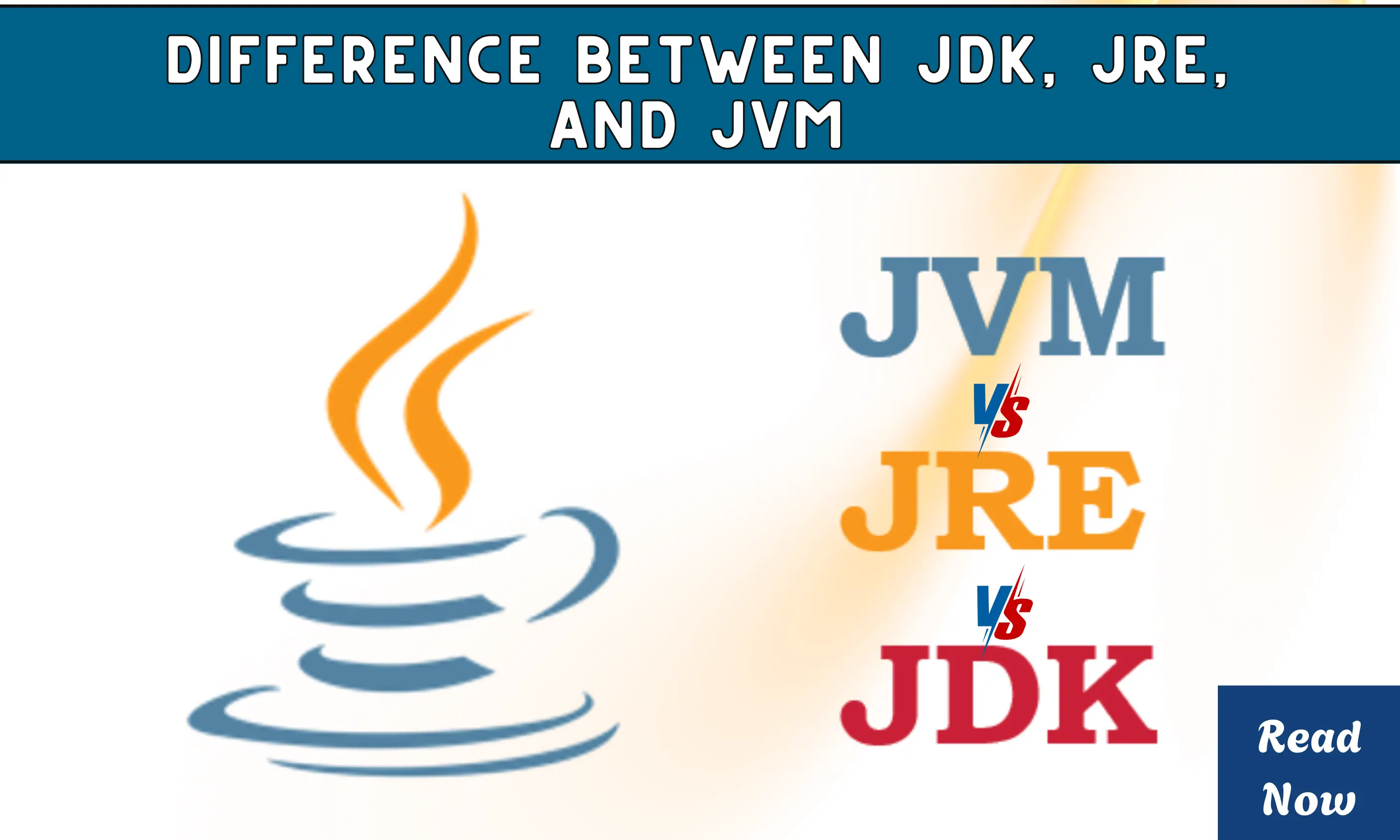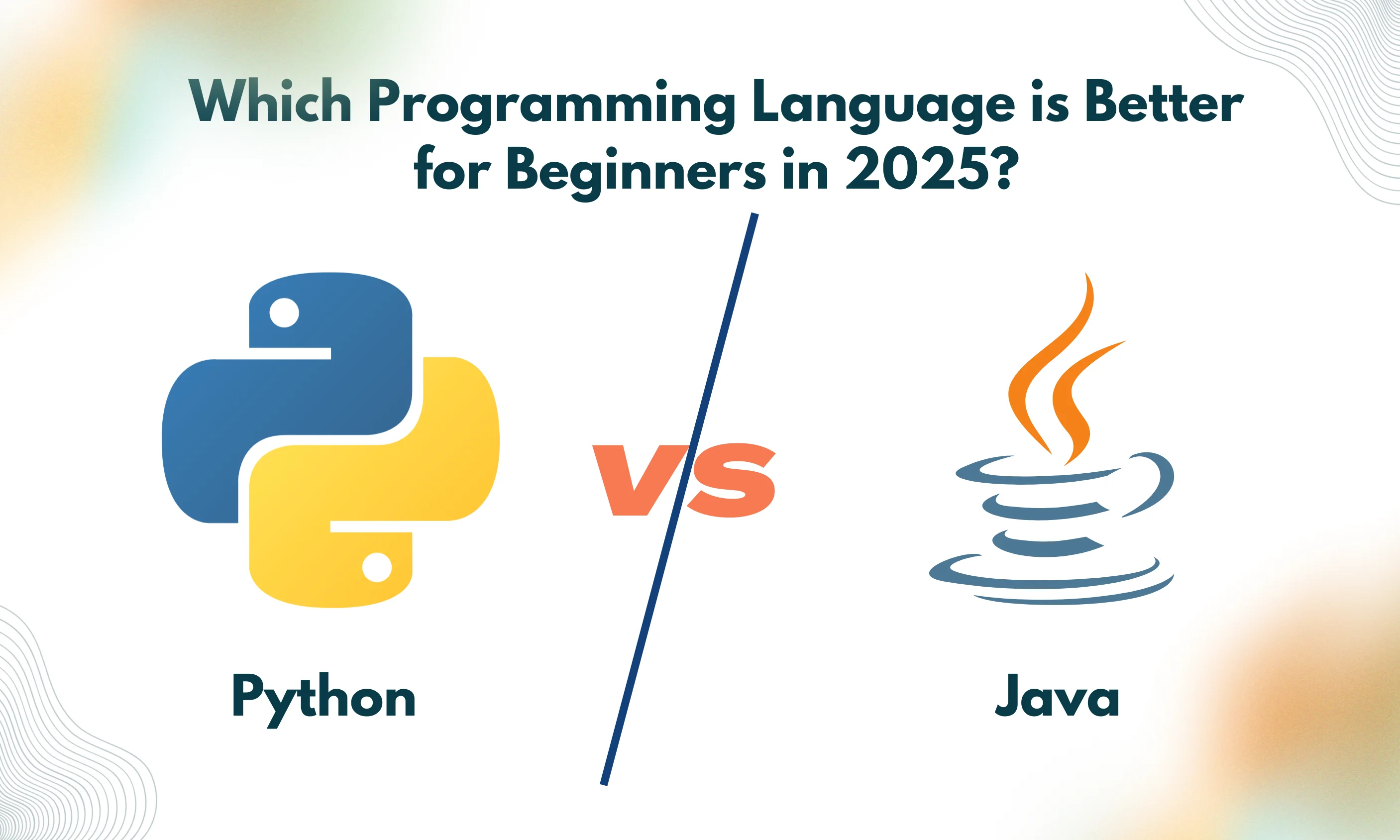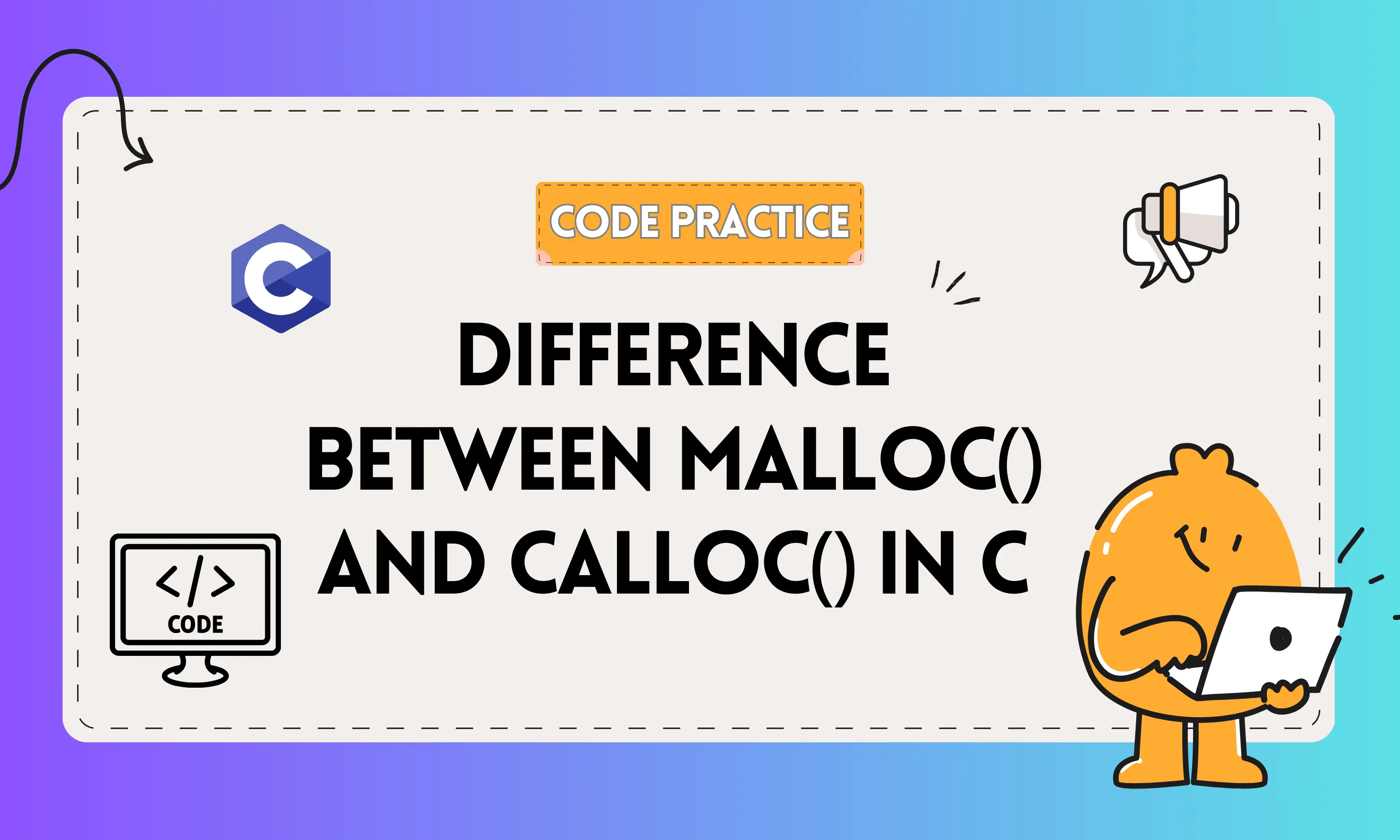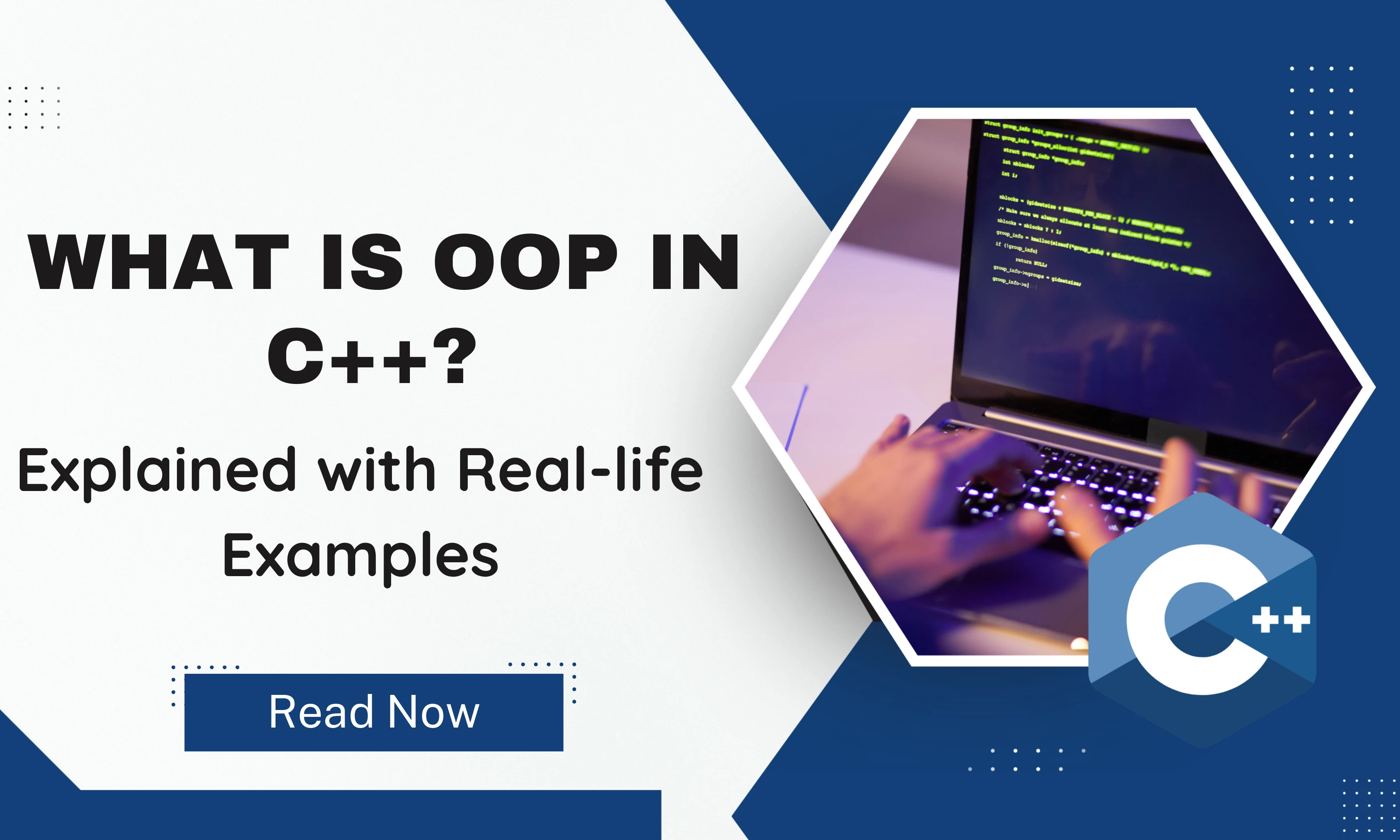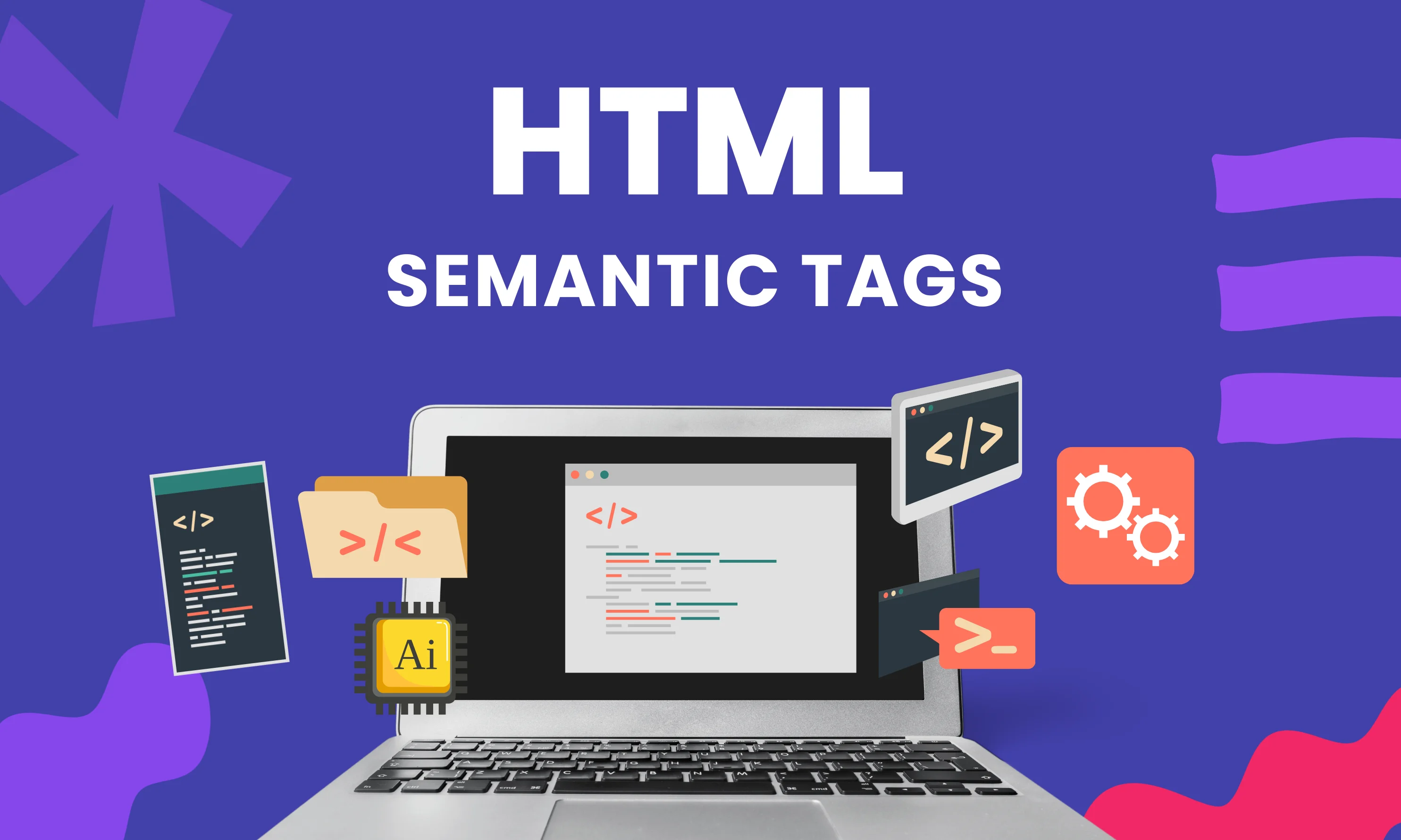-
Hajipur, Bihar, 844101
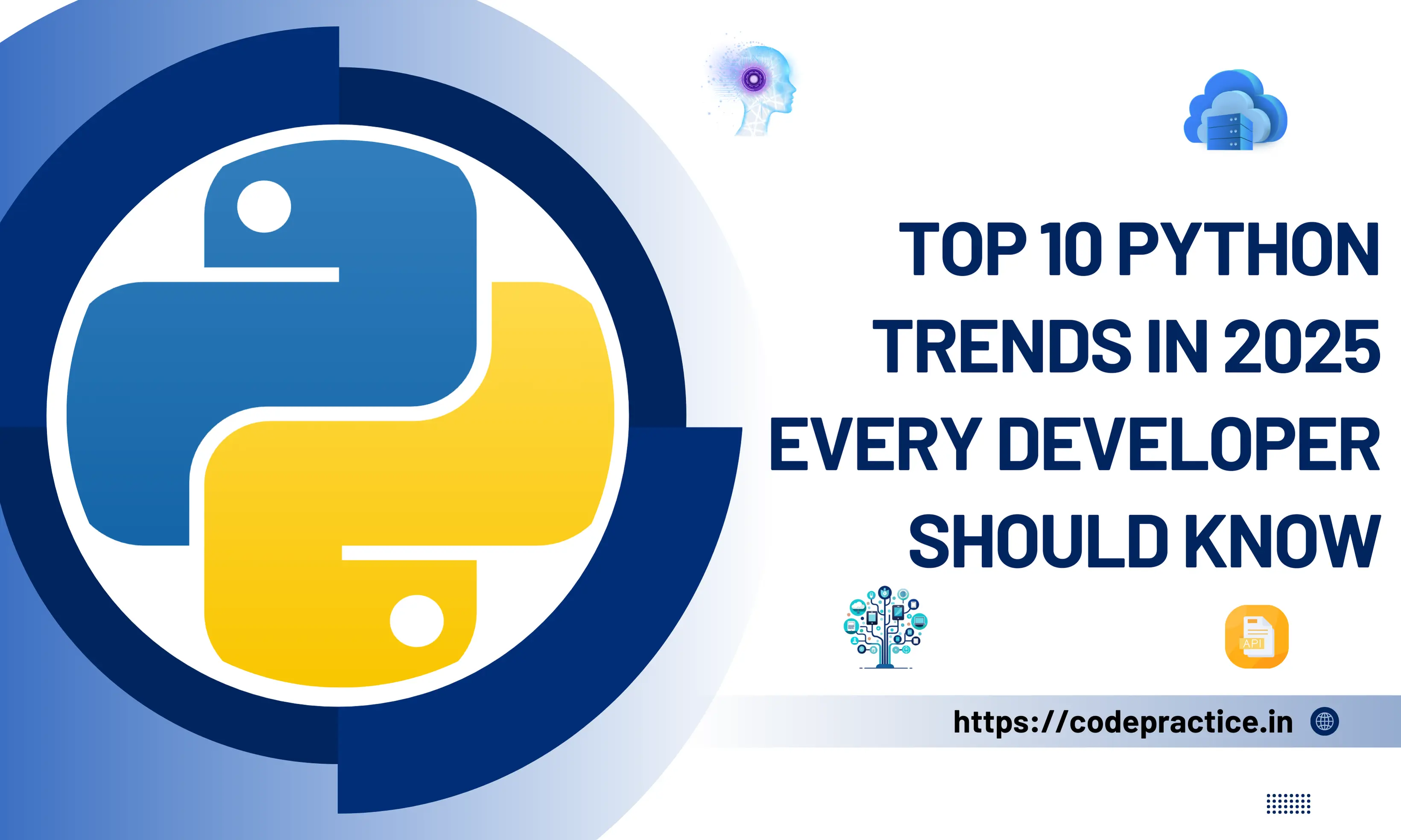
Top 10 Python Trends in 2025 Every Developer Should Follow
I still remember the first time I used Python. It wasn’t for some big fancy project. I just wanted to clean up a folder full of messy CSV files. With a few lines of code, I turned hours of boring copy-paste work into a neat little script. It worked, and I felt like a magician.
Back then, Python felt simple — a language for quick scripts, automations, and small tools. Nobody thought it would go on to run AI models, huge web apps, or even smart devices sitting out in farms.
But here we are in 2025, and Python is everywhere. It’s powering machine learning, APIs, automation, data pipelines, IoT, and more. It’s grown from being “that easy scripting language” to being one of the most powerful tools a developer can have.
The only catch? Python itself is changing fast. Every year brings new updates, new frameworks, and new ways of doing things. If you’re still writing Python the way we did in 2018, you’re behind.
That’s why I made this list of the top 10 Python trends in 2025. Think of it as me sharing a story with you, like we’re grabbing coffee after a long workday, talking about what’s worth learning this year and why it matters.
So, grab a cup of coffee, and let’s go through these together.
1. Python is finally getting faster
For years, the running joke about Python was: “It’s nice, but it’s slow.”
I felt that pain myself. In one project, we had to parse logs and load them into a database. It worked fine, but man, it dragged. We even had to rewrite a few parts in C just to keep it running on time.
But in the last two years, things have changed. With Python 3.12 and 3.13, we’re finally seeing big speed improvements. The interpreter is quicker, async I/O works better, and people are testing “no GIL” (Global Interpreter Lock) Python, which could allow real multi-threading.
I tested one of my old FastAPI projects on Python 3.13. Without touching the code, response times dropped by almost 20%. That’s like getting free performance just by upgrading.
Why this matters: You can now build faster apps in pure Python without immediately thinking, “Do I need C++ for this?”
Learn Free Python Tutorial: Python Tutorial
2. Python and AI go hand in hand
Let’s be real: a huge reason Python is so popular today is AI.
I remember trying Hugging Face back in 2019. Fine-tuning a model felt like rocket science. You needed serious GPUs, lots of patience, and a good amount of luck.
Now in 2025, it’s almost plug-and-play. You can:
-
Fine-tune large models with just a few hundred samples.
-
Run smaller AI models on laptops or even Raspberry Pi.
-
Pull ready-to-use models straight from Hugging Face.
I helped a client last year fine-tune a sentiment analysis model for customer feedback. We did it on Colab Pro with a single GPU. It took just a couple of hours. A few years ago, this would have felt impossible without a research lab.
Why this matters: If you’re a Python developer today, even basic AI knowledge gives you an edge.
3. FastAPI is the new normal for backends
Do you remember when every Python tutorial ended with Flask? I do. For years, Flask was the way to build web apps and APIs. Django was around, of course, but it was considered “too heavy” for many projects.
But here’s the thing: the web itself changed. APIs needed to handle more concurrent requests, real-time connections, and faster responses. Enter FastAPI.
FastAPI has become the default choice for new Python backends in 2025. Why?
-
It’s async-first, making it much more scalable.
-
It generates automatic docs with OpenAPI and Swagger.
-
It feels modern yet remains easy to use.
A friend of mine runs a startup that streams live sports data. They used to run on Node.js because they needed concurrency for real-time updates. Last year, they rebuilt in FastAPI, using async WebSockets. The performance held up, the code was cleaner, and their developers loved working in Python again.
Why this trend matters:
If you’re building APIs today, FastAPI is the future. Flask isn’t gone, but if you’re starting fresh in 2025, FastAPI should be your first choice.
4. Type hints are no longer “extra”
I used to be a type hint skeptic. Python was dynamic, flexible, forgiving. That was the point, right?
But after a few years of maintaining bigger projects, I changed my mind. Type hints are no longer a “nice to have.” They’re essential.
Why? Because tools like Mypy and Pyright catch bugs before you run your code. Editors like VS Code with Pylance make your codebase feel self-documenting. Refactoring becomes a joy instead of a nightmare.
I remember working on a large project with dozens of contributors. Without type hints, debugging felt like detective work. Once we enforced type checking in CI, the number of silly runtime bugs dropped dramatically. It was like suddenly turning the lights on in a messy room.
Why this trend matters:
In 2025, skipping type hints feels lazy. If you want to write professional, maintainable Python, typing is the standard.
5. Rust and Python are teaming up
This is one of my favorite shifts.
Python is flexible, but it’s not blazing fast. Rust is the opposite: it’s fast, safe, and modern — but verbose. Together, they’re unstoppable.
Thanks to tools like PyO3 and Maturin, integrating Rust with Python is easier than ever. You can write performance-critical code in Rust and call it seamlessly from Python.
I recently had a pipeline that parsed gigabytes of JSON logs. In pure Python, it was slow. In Rust, it was fast but harder to write. The hybrid approach? Parse the data with Rust, orchestrate with Python. Best of both worlds.
Why this trend matters:
More teams are adopting this hybrid model. If you’re serious about performance in 2025, learning a little Rust to complement Python is a career win.
6. Python is running on tiny devices
It still surprises people when I say Python runs on microcontrollers. But thanks to MicroPython and CircuitPython, it does.
I worked on an agriculture project where soil sensors used MicroPython. They collected data, ran a small ML model, and gave irrigation tips — all offline, no big server involved.
And with TinyML, you can run small AI models directly on edge devices. That means Python is not just for cloud servers anymore. It’s in the field, in the factory, even in your smart lights.
Why this matters: IoT is growing fast, and Python is right there making it easier.
7. Observability and security are must-haves
A few years back, you could get away with writing scripts and pushing them straight to production. Not anymore.
In 2025, every serious Python app has monitoring, logging, and security checks built-in. Teams are using:
-
OpenTelemetry for tracing.
-
Structured logging for analysis.
-
Tools like
pip-auditto catch vulnerable dependencies.
One company I know refused to deploy a service until it had proper observability. And honestly, that’s the right call. Without it, you’re flying blind.
Why this matters: If you want your Python projects to be trusted in production, you need observability and security from day one.
8. Data engineering is moving to Polars
If you’ve done data work in Python, you know Pandas. It’s been the go-to for years. But in 2025, there’s a new kid in town: Polars.
Polars is a DataFrame library built in Rust with a Python API. It’s fast — really fast. On large datasets, it often leaves Pandas in the dust.
I recently ported a Pandas-heavy ETL pipeline to Polars. What used to take 40 minutes ran in under 5. That’s not an optimization. That’s a revolution.
Add to that tools like Airflow, Prefect, and Dask, and Python remains the glue for modern data engineering.
Why this trend matters:
If you’re in data, don’t sleep on Polars. It’s shaping the future of Python data pipelines.
9. Low-code tools still need Python
Low-code platforms are everywhere now. They help non-developers build apps quickly. But when those tools hit their limits, guess what comes to the rescue? Python.
I’ve used Python to:
-
Add custom functions in Airtable.
-
Extend workflows in Zapier-style tools.
-
Build connectors for APIs that low-code apps couldn’t handle.
Python is the “glue code” that fills the gaps in low-code platforms.
Why this matters: Even if you don’t love low-code, knowing how Python fits in makes you valuable.
10. Packaging is finally improving
Let’s talk about something less shiny but very important: packaging.
For years, Python developers struggled with dependency hell. “It works on my machine” was a constant headache.
But in 2025, things look better. Tools like Poetry and pip-tools make dependency management easier. Conda and Mamba are still great for data science. And enterprises are pushing for secure, reproducible environments.
Why this matters: If you’re working in a team or deploying apps, modern packaging tools are a lifesaver.
Also Read: Python vs Java: Which is Better for Beginners in 2025?
Conclusion
Looking at these trends, one thing is clear: Python isn’t standing still.
-
It’s getting faster.
-
It’s leading AI.
-
FastAPI is the default for APIs.
-
Type hints are the standard.
-
Rust makes it stronger.
-
It’s running on tiny devices.
-
Security and monitoring are built in.
-
Polars is speeding up data work.
-
Python powers low-code.
-
Packaging is finally sane.
When I think back to that little script I wrote to merge CSVs, I laugh. At the time, it felt like a small trick. But that same language now runs apps that power companies, trains AI models, and even controls sensors in farms.
Python isn’t perfect, but it’s more alive than ever. If you keep up with these trends, you’ll not only stay relevant in 2025 — you’ll stay ahead.
Frequently Asked Questions (FAQs)
Q1: What are the top Python trends in 2025 for developers?
In 2025, some of the biggest Python trends include performance improvements in Python 3.12/3.13, more Python + AI (fine-tuning, lightweight inference), FastAPI + async for web services, using Rust + Python together, edge/IOT Python (MicroPython), observability & security in Python apps, Polars for data engineering, low-code integrations, and better packaging & enterprise Python setups.
Q2: Is FastAPI really replacing Flask in 2025?
FastAPI is becoming the go-to for new Python APIs in 2025, thanks to its async-first design, built-in docs, and better performance under load. While Flask isn’t totally dead, many teams prefer FastAPI for new projects because it handles concurrency more naturally.
Q3: How much faster is Python 3.13 compared to older versions?
Python 3.13 brings noticeable performance gains in real-world apps—often 10–20 % lower latency or better throughput compared to 3.10/3.11. Many of these gains come from interpreter optimizations, better async support, and new internal enhancements.
Q4: Should I learn Rust if I code primarily in Python?
Yes — learning Rust is a strong move. In 2025, many projects use Rust to speed up performance-critical parts while keeping Python for orchestration. Tools like PyO3 and Maturin have made integration smoother, letting you call Rust from Python without huge friction.
Q5: Can Python run on small devices or at the edge in 2025?
Absolutely. With MicroPython, CircuitPython, and tiny ML runtimes, Python is now used in IoT and edge devices. You can run inference or automation directly on microcontrollers, sensor boards, or embedded hardware — no full server needed.
Related Tags:
Python trends 2025
Future of Python development
FastAPI 2025
Python + AI workflows
Polars vs Pandas performance
Rust and Python interoperability
On-device Python / MicroPython
Python performance improvements
Type hints in Python
Observability and security in Python
Packaging tools for Python
Low-code integration with Python
Async Python APIs
Edge computing Python
Modern Python tooling
Hi, I’m Bikki Singh, a website developer and coding language trainer. I’ve been working on web projects and teaching programming for the past few years, and through CodePractice.in I share what I’ve learned. My focus is on making coding simple and practical, whether it’s web development, Python, PHP, MySQL, C, C++, Java, or front-end basics like HTML, CSS, and JavaScript. I enjoy breaking down complex topics into easy steps so learners can actually apply them in real projects.
Related Blogs
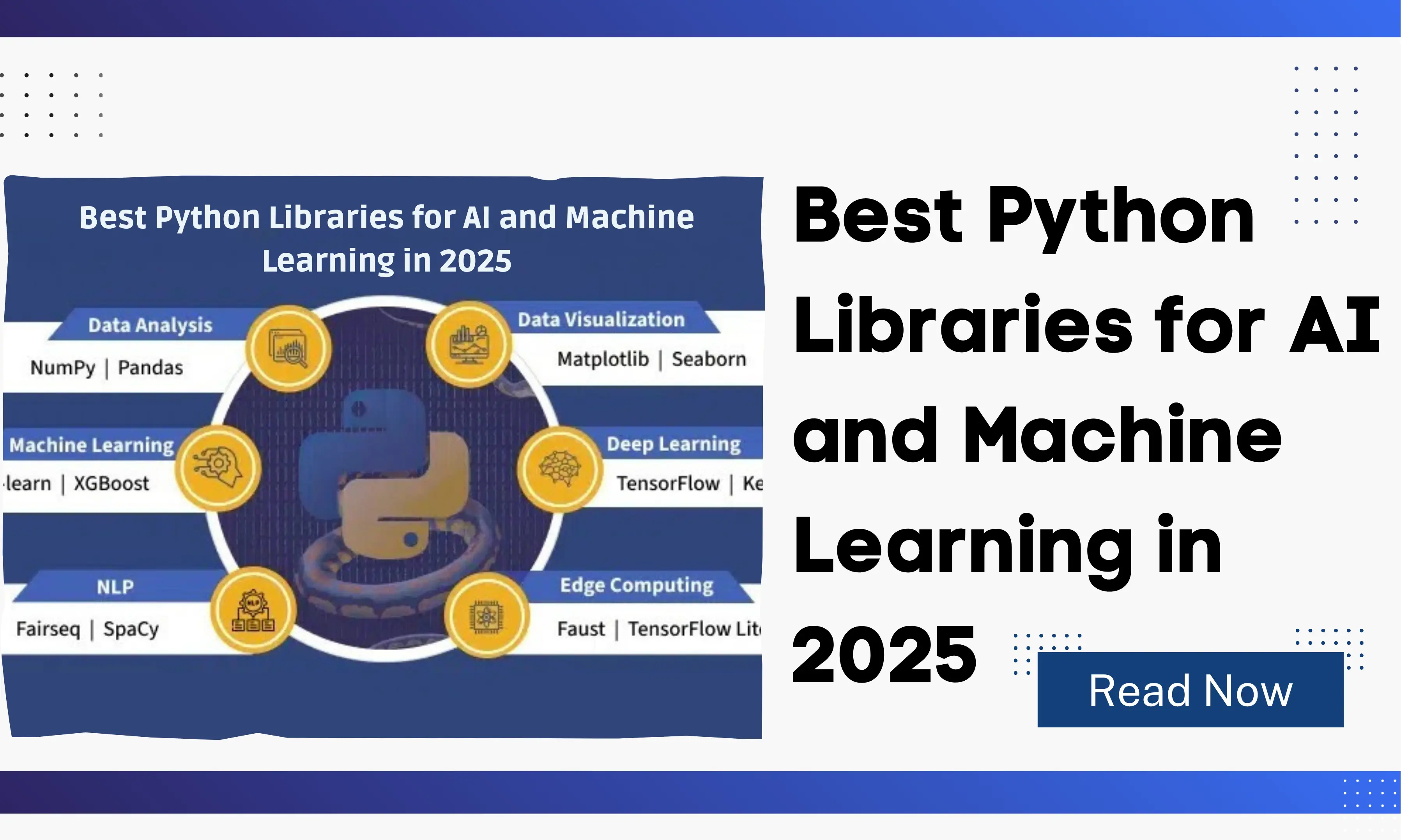
30 September 2025
Best Python Libraries for AI and Machine Learning in 2025
Explore the top Python libraries for AI and machine learning in 2025. Learn their features, use cases, and why they matter for beginners and experts.

15 September 2025
Bootstrap vs Tailwind in 2025: Which CSS Framework Should Developers Choose?
Bootstrap vs Tailwind in 2025: Compare coding examples, pros and cons, performance, and real-world use cases to pick the best CSS framework for your project.
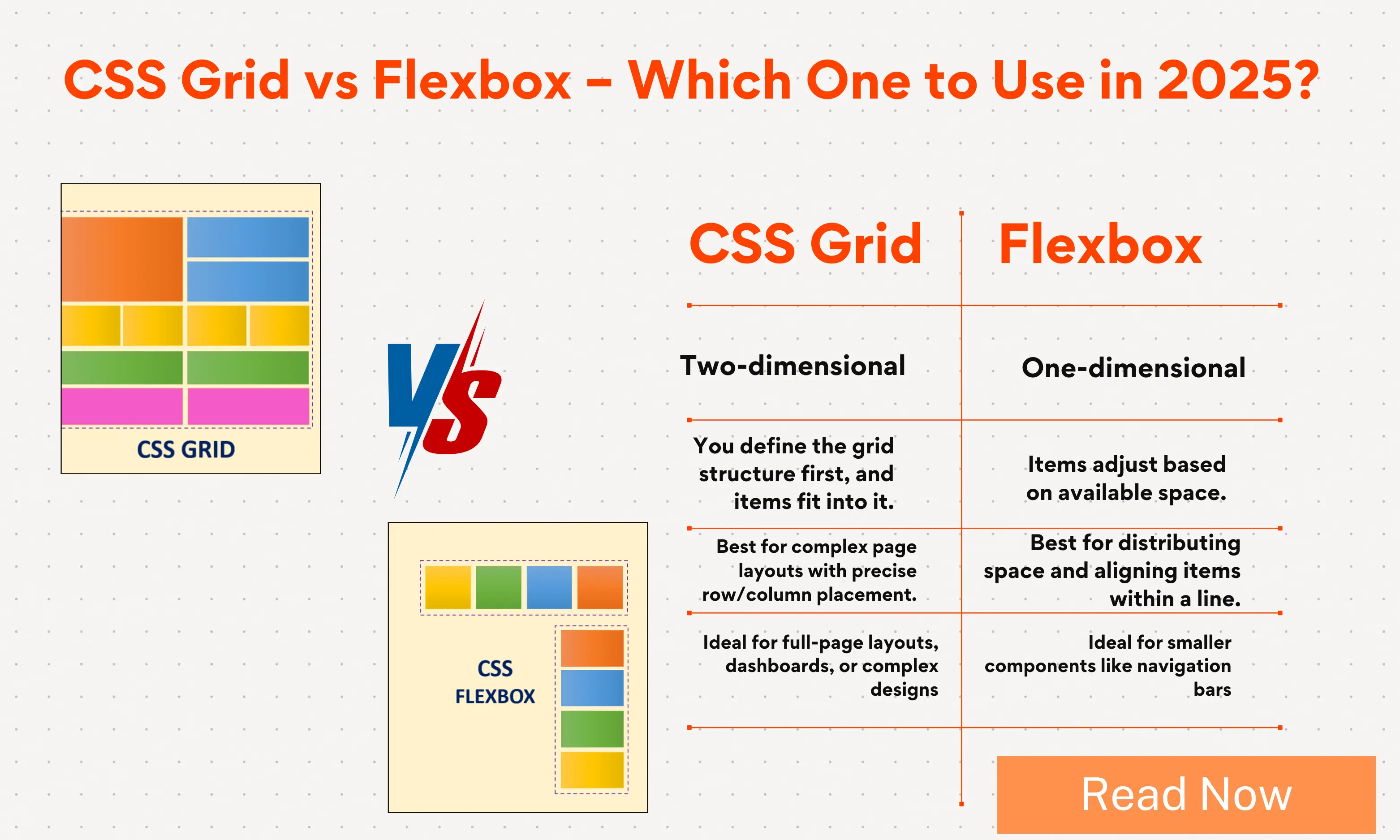
11 September 2025
CSS Grid vs Flexbox – Which Layout Should You Use in 2025?
Learn the difference between CSS Grid and Flexbox in 2025. Discover when to use each, real-world examples, and best practices for modern responsive layouts.

24 September 2025
Top 10 Python Trends in 2025 Every Developer Should Follow
Explore the top 10 Python trends in 2025 shaping AI, web apps, data, and IoT. Learn what developers should follow to stay ahead in coding and careers.
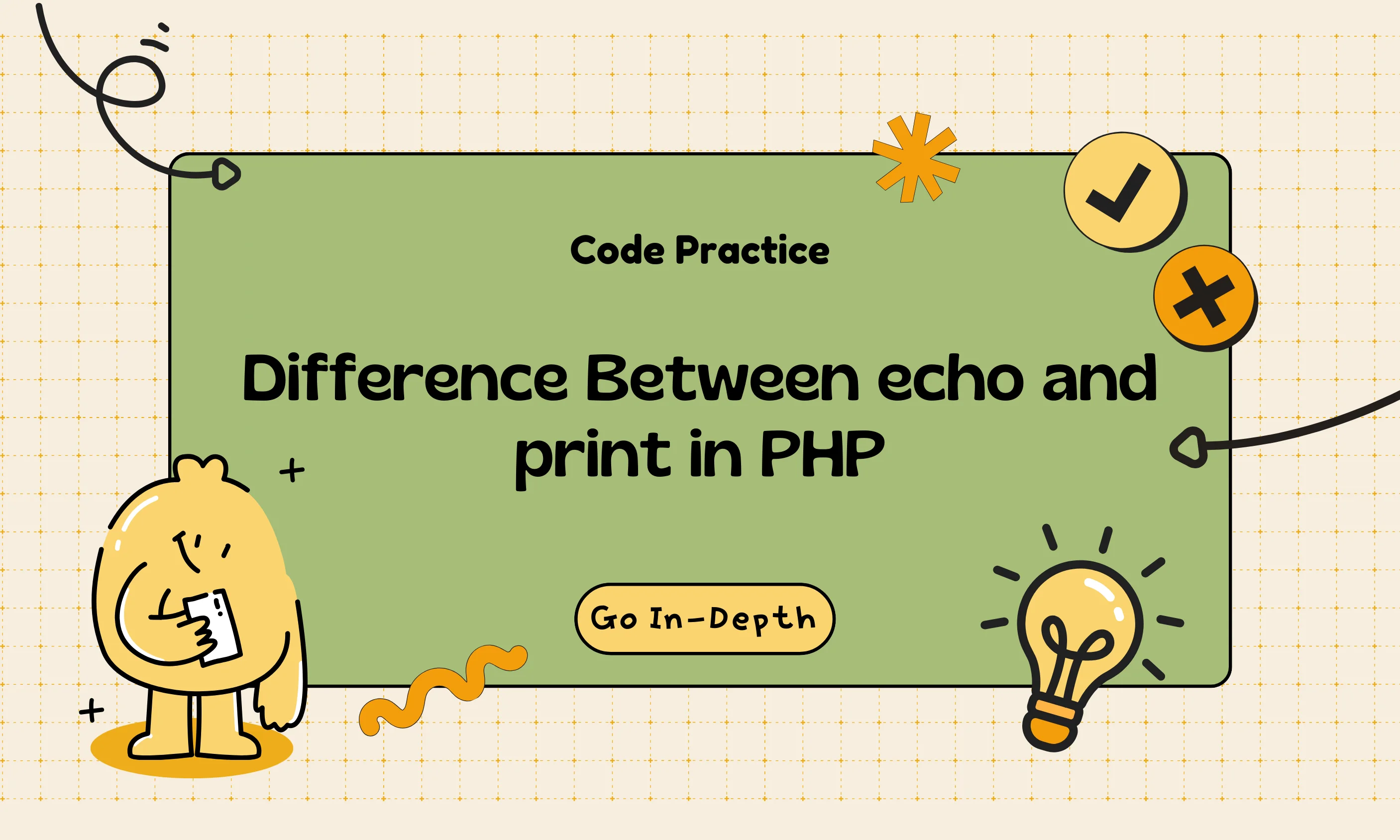
20 August 2025
Difference Between echo and print in PHP
Learn the key difference between echo and print in PHP. Explore syntax, return values, speed, real-world examples, and FAQs in this beginner-friendly guide.
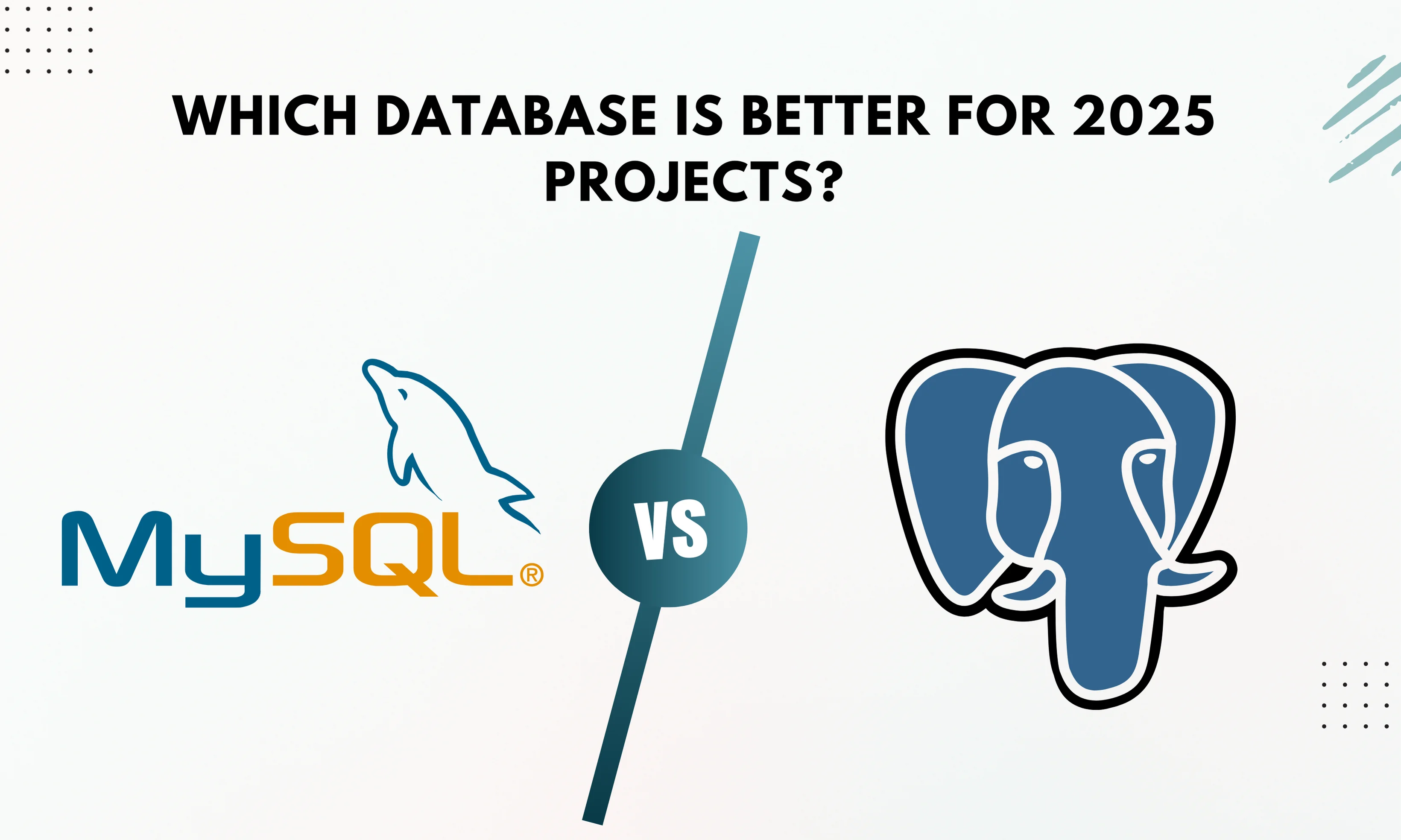
23 August 2025
MySQL vs PostgreSQL in 2025: Performance, Features
Compare MySQL vs PostgreSQL in 2025. Learn differences in performance, features, scalability, and use cases to choose the best database for your project.

